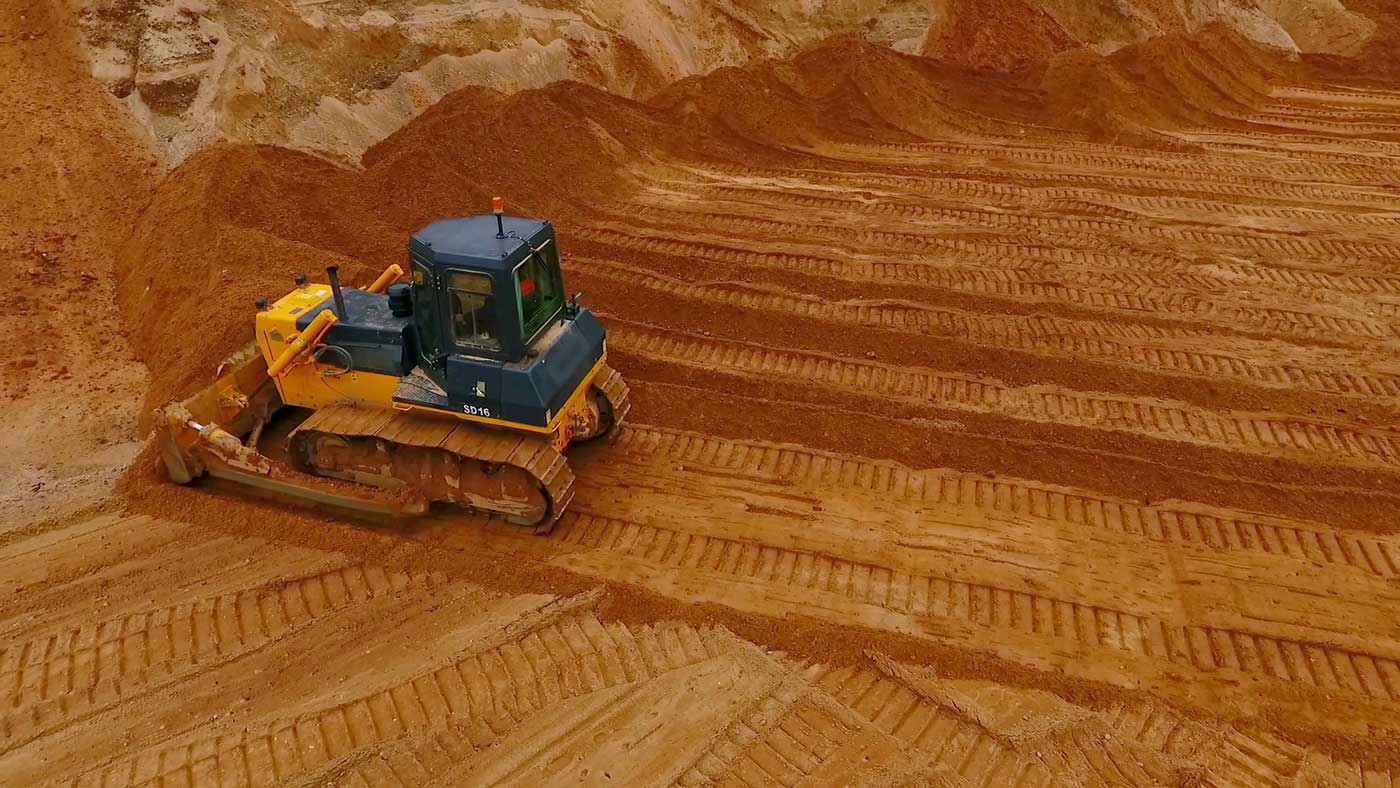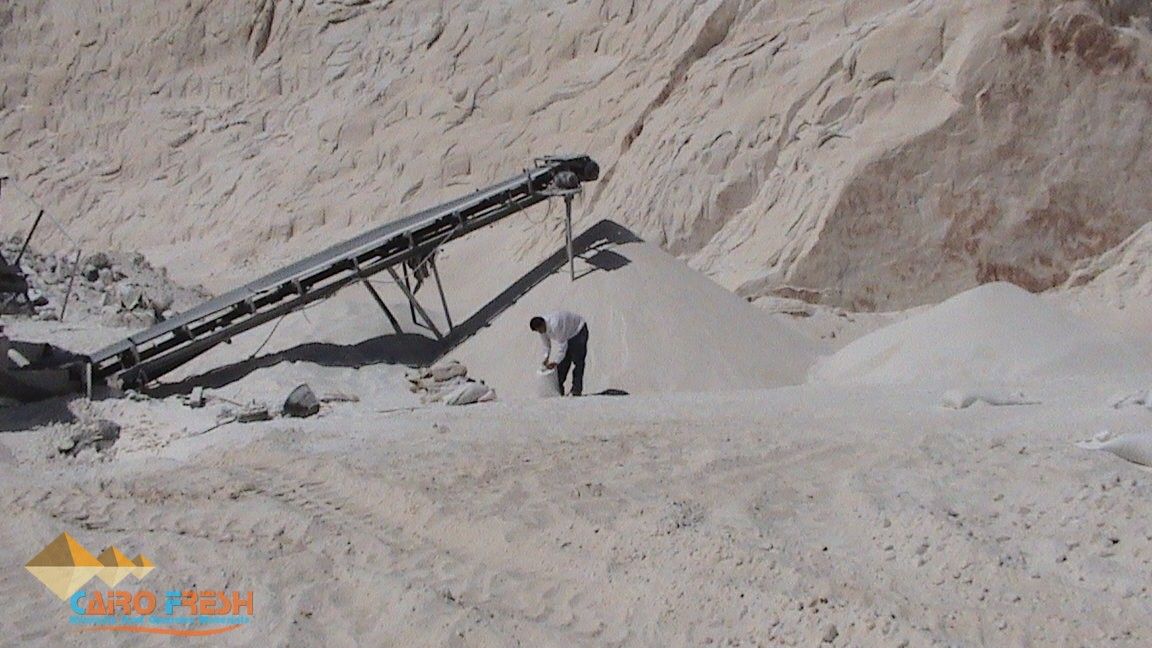Silica sand is a type of sand that is composed primarily of silicon dioxide (SiO2). It is commonly used in various industrial applications due to its high purity and unique properties. In this article, we will explore the different sources and locations where silica sand can be found.
Natural Deposits
Coastal Areas
- Beaches: Silica sand is often found in abundance on beaches, especially those with high quartz content. The constant action of waves and currents helps to separate the sand grains, resulting in the accumulation of silica sand.
Inland Deposits
- Riverbeds: Silica sand can be found in riverbeds, where it is deposited over time due to erosion and weathering of rocks containing quartz.
- Lakes and Ponds: Some lakes and ponds may have deposits of silica sand, particularly if they are located in areas with high quartz content.
- Deserts: Certain desert regions may have extensive deposits of silica sand, as the arid conditions and wind action help to concentrate and accumulate the sand grains.
Man-made Sources
Quarries and Mines
- Silica sand is often extracted from quarries and mines specifically dedicated to silica sand production. These locations have high concentrations of silica-rich rocks, such as quartzite or sandstone, which are processed to obtain the desired silica sand.
Industrial Processes
- Silica sand can also be produced as a byproduct of various industrial processes. For example, during the production of glass, silica sand is melted and shaped into glass products, leaving behind residual silica sand.
- Similarly, in the production of silicon metal or silicon alloys, silica sand is used as a raw material and can be obtained as a byproduct.
Silica sand is also widely used in the construction industry, where it is used as an aggregate material in the production of concrete, asphalt, and other building materials. It is also used in the production of brick and block masonry. Additionally, it is often used as a filter material in water treatment plants, swimming pool filters, and other filtration applications.
Silica sand is also widely used in the foundry industry to produce molds and casts for metal castings. The sand is heated and combined with a binding agent, usually a clay-based material, to form molds and casts. The sand is also used as a medium for packing around metal objects that need to be cooled down quickly in order to retain their shape. In addition, silica sand is used in the production of paint, as it helps to disperse the pigment and provides a good surface for the paint to adhere to.
Silica sand is also used in the aerospace industry, where it is used to produce cores for aircraft parts, insulation material, and other components. Additionally, it is used in the automotive industry for soundproofing and sound dampening materials, as well as for the production of brake pads and other safety components. Silica sand is also commonly used in the oil and gas industry for well sealing, drilling, and other operations.
Conclusion
Silica sand can be found in various natural deposits, including coastal areas, riverbeds, lakes, and deserts. It can also be obtained from quarries and mines dedicated to silica sand production or as a byproduct of industrial processes. The abundance and availability of silica sand make it a valuable resource for numerous applications in industries such as construction, glass manufacturing, and foundry operations.







